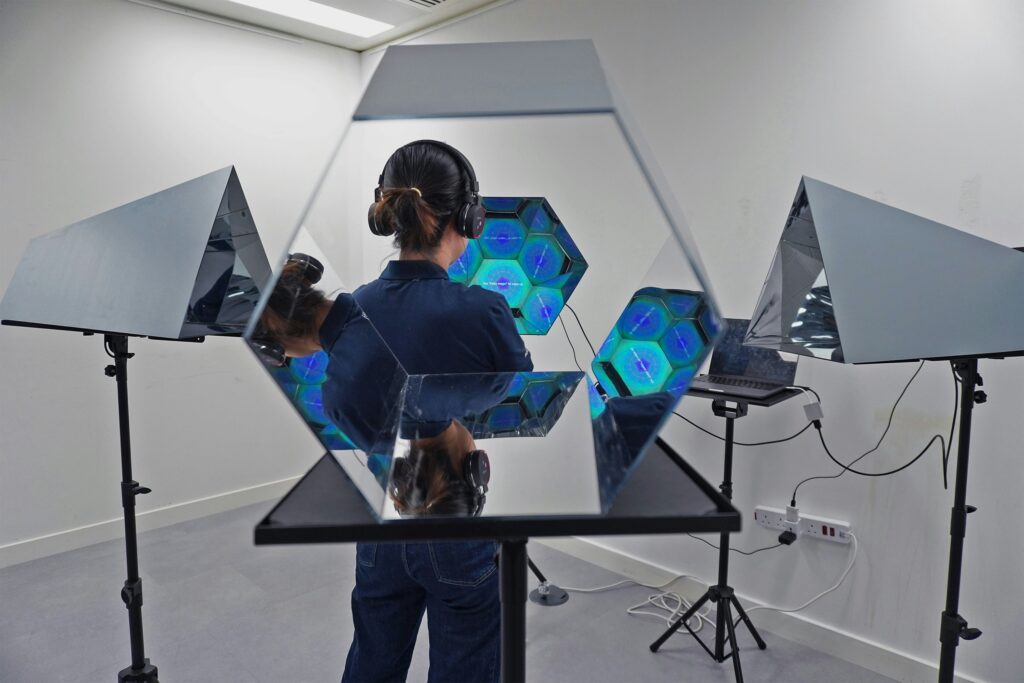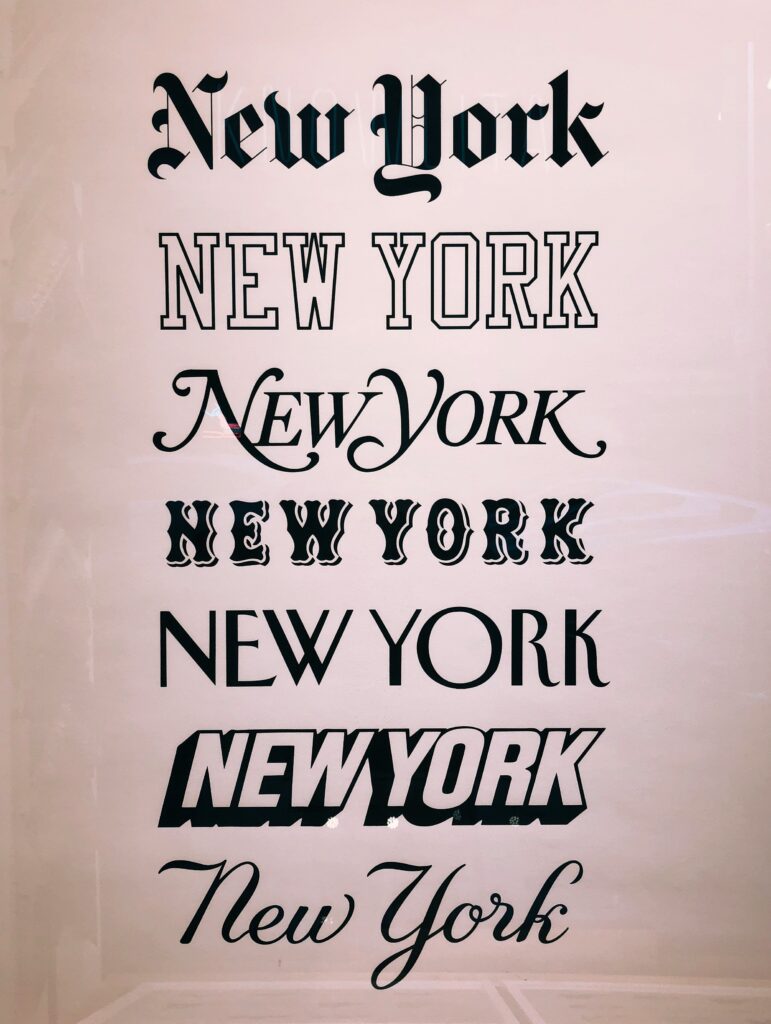Introduction
As we step into 2025, the digital landscape continues to evolve, with web design playing a crucial role in user experience and engagement. Businesses, designers, and developers must stay ahead of the curve to create websites that are visually appealing, functional, and optimized for the latest technological advancements. This blog explores six key web design trends that are set to dominate in 2025, helping you create modern, engaging, and effective websites.
1. Immersive 3D Elements and Augmented Reality (AR) Integration
One of the most exciting trends in web design for 2025 is the increased use of 3D elements and AR integration. With advancements in technology, high-quality 3D graphics are becoming more accessible, allowing websites to create immersive experiences for users.

Why It Matters:
- Enhanced user engagement: 3D visuals make websites more interactive and engaging.
- Improved product visualization: AR allows users to see products in their real-world environment before making a purchase.
- Competitive differentiation: Brands using 3D and AR stand out in crowded digital spaces.
How to Implement:
- Use WebGL or Three.js to create interactive 3D elements.
- Implement AR tools such as WebXR or AR.js for a more immersive experience.
- Optimize 3D graphics to ensure fast loading speeds and a seamless user experience.
2. AI-Driven Personalization
Artificial Intelligence (AI) is revolutionizing web design by enabling highly personalized user experiences. AI-driven websites analyze user behavior, preferences, and engagement patterns to deliver tailored content, product recommendations, and chatbot interactions.

Why It Matters:
- Increases user retention: Personalized experiences lead to longer session durations.
- Boosts conversions: AI-powered recommendations enhance user decision-making.
- Enhances customer support: AI chatbots provide instant, intelligent responses to user queries.
How to Implement:
- Use AI-powered chatbots to provide real-time assistance.
- Implement machine learning algorithms to analyze user behavior and suggest relevant content.
- Personalize website elements based on user preferences (e.g., dynamic homepage content).
3. Voice User Interfaces (VUI) Expansion
With the rise of smart assistants like Siri, Alexa, and Google Assistant, voice search and voice-driven interfaces are becoming integral to web design. In 2025, more websites will incorporate Voice User Interfaces (VUI) to enhance user convenience and accessibility.

Why It Matters:
- Hands-free browsing: Users can navigate websites using voice commands.
- Improves accessibility: Helps visually impaired users interact with web content more easily.
- SEO benefits: Optimizing for voice search improves search engine rankings.
How to Implement:
- Add voice search functionality to your website.
- Use natural language processing (NLP) to improve user interactions.
- Optimize content for voice search SEO, focusing on conversational keywords and FAQs.
4. Minimalist Design with Bold Typography
Minimalism continues to dominate web design, but in 2025, designers will incorporate bold typography to make a strong visual impact while maintaining clean and simple aesthetics.

Why It Matters:
- Enhances readability: Large, bold fonts make important messages stand out.
- Creates a strong brand identity: Typography can convey emotions and personality.
- Improves user experience: Simple designs reduce cognitive load and improve navigation.
How to Implement:
- Use large, attention-grabbing fonts for headlines and key messages.
- Stick to two or three complementary fonts to maintain a clean look.
- Ensure high contrast between text and background for readability.
5. Sustainability-Focused Design
With growing environmental concerns, web designers in 2025 are prioritizing sustainability by optimizing websites for energy efficiency and reduced carbon footprints.

Why It Matters:
- Reduces environmental impact: Sustainable design minimizes data usage and server energy consumption.
- Improves website performance: Lightweight websites load faster and provide a better user experience.
- Appeals to eco-conscious consumers: Many users prefer brands that prioritize sustainability.
How to Implement:
- Optimize image sizes and file formats to reduce loading times.
- Use lazy loading to ensure that only necessary content is loaded initially.
- Choose green web hosting providers that use renewable energy.
6. Enhanced Accessibility Standards
Web accessibility is a crucial aspect of modern design, ensuring that websites are usable for everyone, including people with disabilities. In 2025, accessibility will be at the forefront of web development.

Why It Matters:
- Expands audience reach: Making websites accessible benefits a larger user base.
- Legal compliance: Many countries have strict accessibility laws (e.g., WCAG standards).
- Improves SEO: Accessible websites rank higher in search engines.
How to Implement:
- Ensure keyboard navigation for all website elements.
- Use alt text for images and provide transcripts for multimedia content.
- Maintain high-contrast color schemes for readability.
Conclusion
Web design in 2025 is all about immersive experiences, personalization, accessibility, and sustainability. By embracing these trends, businesses and designers can create websites that are not only visually stunning but also user-friendly, environmentally responsible, and future-ready.
